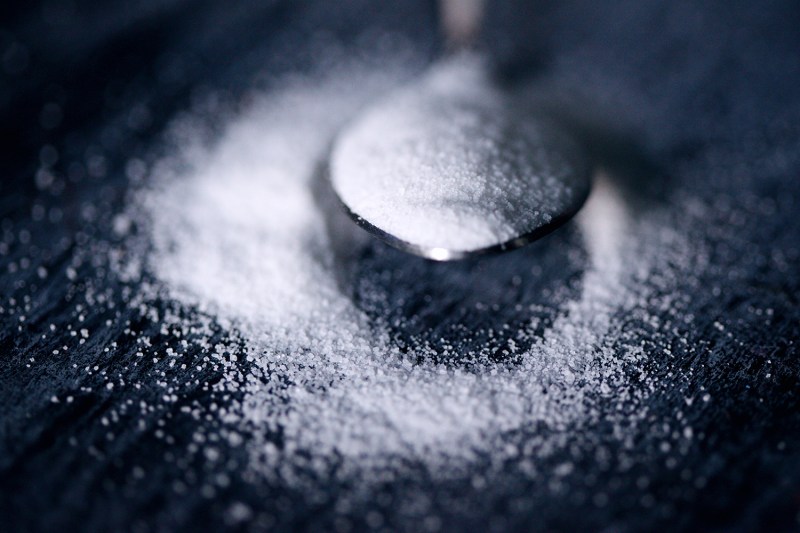
Few things are guaranteed to spark a fiery debate like the human diet. What exactly constitutes “eating well?” Vegans, Nordic dieters, flexitarians, and sun-eaters fundamentally disagree on almost everything nutrition-related. One thing they all agree on, however, is that too much sugar is a bad thing. Processed foods full of refined sugars and carbohydrates are slowly killing most Western societies. What’s worse is that our brains are hard-wired to not only enjoy these foods but to crave them. Understanding why that happens can be the key to breaking the cycle. From craving to crash, this is your brain on sugar.
First Comes the Rush
Our primitive, hairy ancestors survived by scavenging for the most nutrient-dense foods they could find. Sugar — glucose, in particular — provides the most reliable, digestible source of energy, so our brains evolved to reward us when such foods are consumed. Every time we consume sugar, our mesolimbic dopamine system — the part of the brain responsible for doling out chemical “rewards” — sends a signal to reinforce that behavior positively. Over time, we’re conditioned to seek out more rewards in the form of more sugary foods. It’s the same reason why illicit drugs make us feel like we’re on top of the world.
Then Comes the Cravings
Thousands of years ago, when the pinnacle of “binge-eating” might have been a handful of figs, an increased desire for sugar was fine. Humans might’ve had to travel dozens of miles to find their next sugar fix. They were eating far less glucose and exercising a lot more in the process. But, the ubiquity of today’s manufactured, high-sugar foods combined with a more sedentary lifestyle is forcing many in the Western world into a vicious cycle of addiction.
Unlike hard drugs, our bodies need sugar to survive. It’s not as though we can simply “quit” sugar. We must consume at least some to fuel the cells in our body.
Sugar is so effective at “hooking” the human body that it has become the basis of our modern-day “obesogenic” (meaning obesity-promoting) diet. There’s also evidence to suggest that our bodies rapidly develop a tolerance to sugar. Thanks to an otherwise helpful process called neuroplasticity, our brains are capable of rewiring their own chemistry over time. Thus, the more sugar we consume, the more we want — perhaps even need — to consume to get the same high.
That’s why, for many, sugar addiction can seem near-impossible to break. It’s partly a matter of willpower, but there is a physical component as well. Unlike hard drugs, our bodies need sugar to survive. It’s not as though we can simply “quit” sugar. We must consume at least some to fuel the cells in our body.
What’s an Addict to Do?
The only way to limit sugar consumption and minimize the potential for addiction is to know how much sugar is in the foods you’re eating. That sounds obvious until you consider just how insidious sugar can be in the average Western diet. It’s added to the vast majority — nearly 75% — of foods we consume. It’s buried in nutrition labels under more than 60 other guises, including common names like high-fructose corn syrup and sucrose. But, it also hides in plain sight as rice syrup, muscovado, and barley malt. Nutritionally, our bodies process all of these as sugar, and too much of any of them is a bad thing.
To put our overconsumption into perspective, consider that the World Health Organization guidelines suggest the average adult’s daily sugar intake should be five percent of their total calories. That amounts to approximately 25 grams or just six teaspoons. A single can of Coke has 39 grams of sugar and a cup of most raisin bran cereal boasts more than 20 grams. For two-teaspoon-per-cup coffee drinkers, they’ve already hit their daily sugar limit after just three cups.
The good news is that the brain’s neuroplasticity also allows it to reset its tolerances if we can bring ourselves to cut back on dietary sugar. Regular physical exercise and foods rich in omega-3 fatty acids (think nuts, oily fish, and seeds) can also provide protection and help the brain form new non-sugar-craving neurons.


